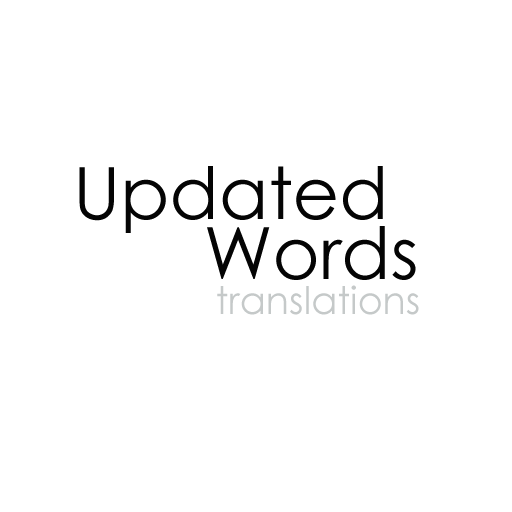Accreditation vs Certification. What’s the difference and who are the best qualified? These are two questions I find myself answering frequently, these days.
In 2017, NAATI introduced its Certification Program and discontinued its old Accreditation System. This was welcomed by a lot of practitioners, like me, but it was also criticised by others. In this article, I will try to explain this change, the differences between the two systems, the qualifications both have, so it is easier for you to understand it and be well equipped and informed to choose your language professionals in Australia.
A bit of history
NAATI started with a lifetime accreditation system. Practitioners who started their careers back in those days got a lifetime NAATI accreditation. This means they did not have to renew their licenses; their NAATI stamp would be valid for their entire career.
Then, NAATI made a few changes to this system. It was obvious that Professional Development was important and to hold a NAATI credential one needed to prove their commitment to the job. So new members would get a 3-year Accreditation. They would have to provide NAATI with proof of their qualifications and to have their accreditation renewed they had to fill a logbook with the words they translated in that 3-year cycle, the Professional Development activities they had done and a few other requisites. When I got my NAATI Accreditation, I was already part of this new 3-year cycle. However, at the time, NAATI gave the existing practitioners the choice to either transition into the new system, or remain with their old lifetime accreditation. So basically, we all had the same accreditation, but some of us needed to pay every 3 years and prove our capabilities, whilst others simply continue their business as usual.
In 2017, NAATI decided to change it again, but this time make it equal for everyone. The new Certification Program was born. All existing practitioners were informed of the new system and given the opportunity to Transition into Certification, free of charge, until the 31st of December 2019. So, this meant that if we had a valid accreditation, we could submit the application and transition into the new Certification Program. This program started on the 1st of January 2018. I’ve been a Certified Translator since that date. However, and unlike what happened in the previous change, the old accreditation program won’t be in use anymore and eventually will be discontinued.
We had 2 years to transition to the new system, and those who chose not to do so will keep their accreditation until it expires. When it does, they won’t be able to renew it and they will have to apply for Certification. Those who hold the old lifetime accreditation will still be able to keep it, however, their name will no longer be on NAATI’s directory and they will no longer be preferred by companies and government agencies in Australia.
What is the difference between accreditation and certification?
Basically, the differences between these two systems are the rules and the requirements to be accepted in the new system. NAATI has been working in order to ramp up the standards in our industry and, I strongly believe, the new system is a step towards that goal.
All Certified Translators have to prove NAATI they are working continuously for their professional development, participating in the industry and actively working as translators. There are no lifetime certifications.
Who is the best qualified?
In both systems, there are highly qualified professionals. The fact that some colleagues hold a lifetime accreditation, does not mean they are less qualified than the ones who have to renew it. This is not about qualifications per se, this is about having high standards and make sure we all evolve with time. That’s why we were all given the opportunity to transition to the new system, free of charge.
Is it better for clients?
In my opinion, this is certainly much better for clients and for us as well. With the new Certification System, we always have to be on top of our game, otherwise, we won’t get our license renewed. So, for clients, that means when they search for a translator in the NAATI directory, they are sure to find a person who is highly qualified and has given proof of their quality and commitment to the job. So, it’s a win-win for everyone.
How can I distinguish them?
The new Certification Program also brought a new stamp. In the Accreditation System, the stamps were round, but for Certified Translators they are square, so that’s a way of distinguishing both systems. Also, the stamp itself states the practitioner’s credential. The old stamps would state “Accreditation” and the new stamps state “Certified Translator”. Therefore, it is quite easy to distinguish them.
So, when you are choosing your next language professional in Australia, take this into consideration.

